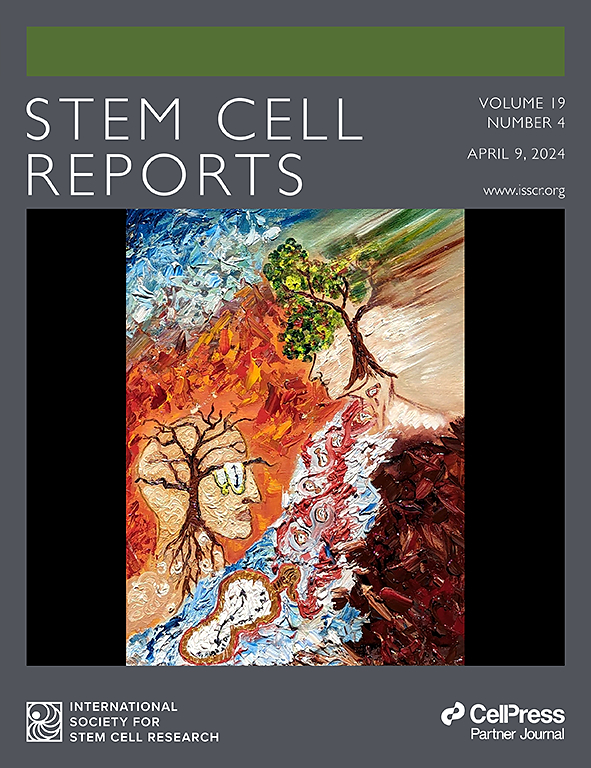多能干细胞系数字表型的管理和使用指南。
IF 5.9
2区 医学
Q1 CELL & TISSUE ENGINEERING
引用次数: 0
摘要
每个多能干细胞系都有一个物理实体和一个数字表型,但由于命名方法不当和假定的知识,无法明确地将两者联系起来。注册可为每个品系提供一个唯一、持久的标识符,并与该品系生命周期内生成的表型数据相链接。注册是2023年ISSCR标准中关于在研究中使用人类干细胞的一项重要建议。在此,我们考虑社区采用干细胞系注册如何促进建立特定人类多能干细胞(hPSC)系的综合数字表型。本文章由计算机程序翻译,如有差异,请以英文原文为准。
Guidelines for managing and using the digital phenotypes of pluripotent stem cell lines.
Each pluripotent stem cell line has a physical entity as well as a digital phenotype, but linking the two unambiguously is confounded by poor naming practices and assumed knowledge. Registration gives each line a unique and persistent identifier that links to phenotypic data generated over the lifetime of that line. Registration is a key recommendation of the 2023 ISSCR Standards for the use of human stem cells in research. Here we consider how community adoption of stem cell line registration could facilitate the establishment of integrated digital phenotypes of specific human pluripotent stem cell (hPSC) lines.
求助全文
通过发布文献求助,成功后即可免费获取论文全文。
去求助
来源期刊

Stem Cell Reports
CELL & TISSUE ENGINEERING-CELL BIOLOGY
CiteScore
10.50
自引率
1.70%
发文量
200
审稿时长
28 weeks
期刊介绍:
Stem Cell Reports publishes high-quality, peer-reviewed research presenting conceptual or practical advances across the breadth of stem cell research and its applications to medicine. Our particular focus on shorter, single-point articles, timely publication, strong editorial decision-making and scientific input by leaders in the field and a "scoop protection" mechanism are reasons to submit your best papers.
 求助内容:
求助内容: 应助结果提醒方式:
应助结果提醒方式:


